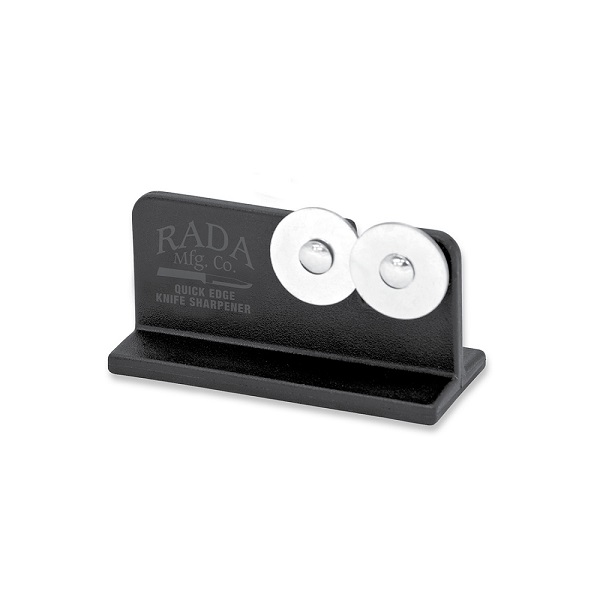Prompted by a conversation I was having with another member, I thought we could have a thread where people could share tips, sharpening setups, ask questions, or just throw up rambling, meandering thoughts about knife sharpening. Which is mostly what I'll be doing.
Judging by some of the pictures of people's kitchen knives, I'm guessing there are going to be a fair few members here who really know their onions on this topic, so we might all be able to learn something from each other I imagine.
Here's a picture of my sharpening station to get the ball rolling. I have quite a lot of stones, more than are pictured here in fact, because I do this in a (semi) professional capacity*. But the large majority of them - most of the natural stones on the top of the table - are more for fun/collecting. The large majority of my work sharpening is done on handful of synthetic stones in the bucket on the left. The only natural stones I use on a regular basis would be Washitas, Turkish Oilstones, and some Jnats for polishing.

* This is certainly not to say that anything I write should be taken as gospel. There are many different, equally valid, ways to sharpen knives, and equally as many people who are far better at it than I am.
Judging by some of the pictures of people's kitchen knives, I'm guessing there are going to be a fair few members here who really know their onions on this topic, so we might all be able to learn something from each other I imagine.
Here's a picture of my sharpening station to get the ball rolling. I have quite a lot of stones, more than are pictured here in fact, because I do this in a (semi) professional capacity*. But the large majority of them - most of the natural stones on the top of the table - are more for fun/collecting. The large majority of my work sharpening is done on handful of synthetic stones in the bucket on the left. The only natural stones I use on a regular basis would be Washitas, Turkish Oilstones, and some Jnats for polishing.
* This is certainly not to say that anything I write should be taken as gospel. There are many different, equally valid, ways to sharpen knives, and equally as many people who are far better at it than I am.




